Swollen sore lymph nodes under arm. Swollen Lymph Nodes: Causes, Symptoms, and Treatment Options
What are the common causes of swollen lymph nodes. How can you identify swollen lymph nodes. When should you seek medical attention for swollen lymph nodes. What are the potential complications of untreated swollen lymph nodes.
Understanding Lymph Nodes and Their Function
Lymph nodes are small, bean-shaped structures that play a crucial role in our body’s immune system. They act as filters, trapping harmful substances like viruses, bacteria, and other pathogens before they can spread to other parts of the body. These nodes are part of a larger network called the lymphatic system, which includes organs, vessels, and nodes distributed throughout the body.
Where are lymph nodes typically located? Common areas include:
- Neck
- Under the chin
- Armpits
- Groin
When the body is fighting an infection or dealing with other health issues, lymph nodes can become swollen and tender. This swelling is often a sign that the immune system is actively working to combat a threat.
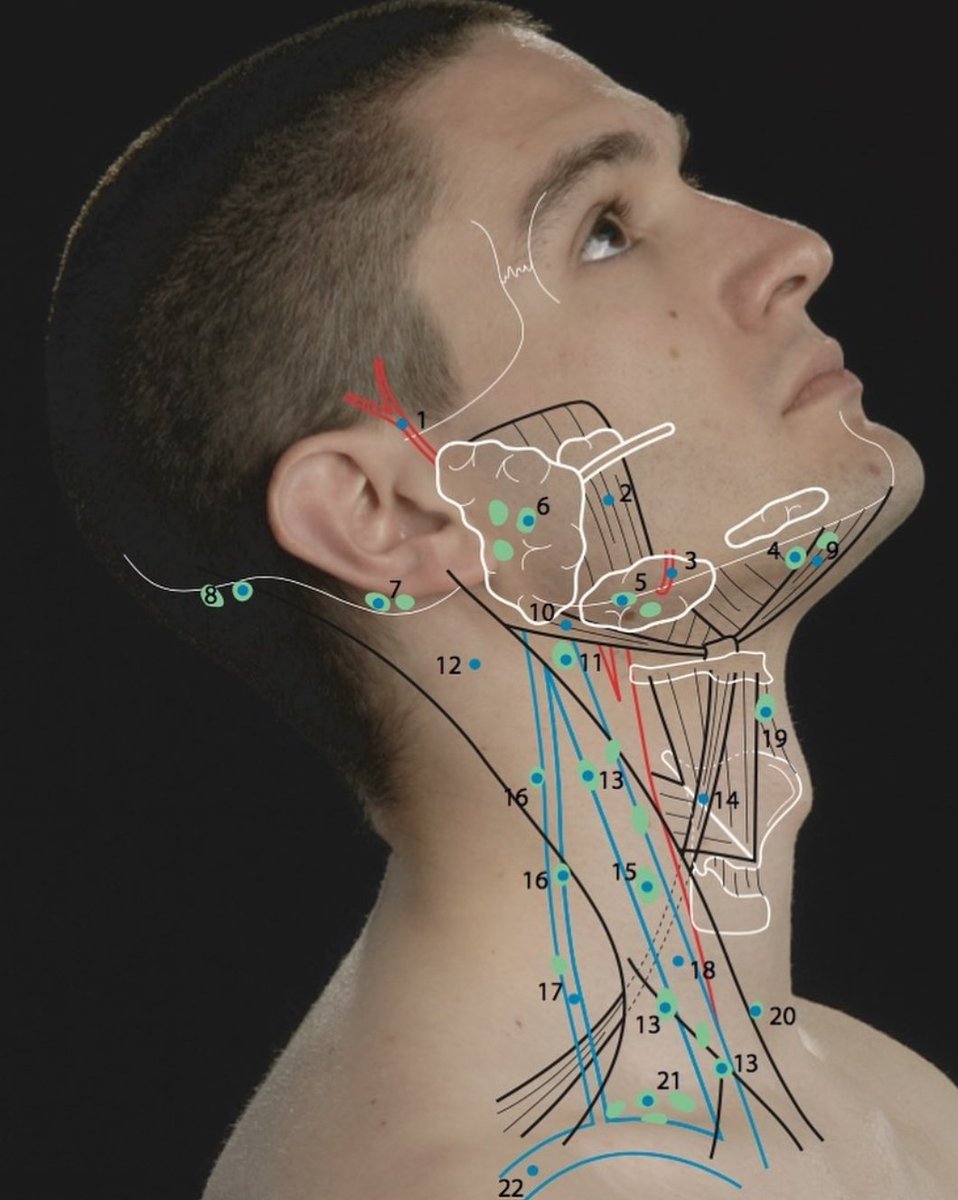
Common Causes of Swollen Lymph Nodes
Swollen lymph nodes can be attributed to various factors, with infections being the most common cause. Here are some frequent culprits:
Viral Infections
Viral infections are the most common reason for swollen lymph nodes. These may include:
- Common cold
- Influenza (flu)
- Mononucleosis
- HIV
Bacterial Infections
Bacterial infections can also lead to swollen lymph nodes. Some examples are:
- Strep throat
- Skin infections (e.g., cellulitis)
- Tooth abscesses
Other Causes
While less common, other factors can contribute to lymph node swelling:
- Immune system disorders (e.g., lupus, rheumatoid arthritis)
- Certain cancers (e.g., lymphoma, leukemia)
- Medications (rarely)
Recognizing Symptoms of Swollen Lymph Nodes
How can you tell if your lymph nodes are swollen? Here are some key symptoms to look out for:
- Tenderness or pain in the affected area
- Visible swelling, often the size of a pea or larger
- Warmth or redness of the skin over the swollen node
Depending on the underlying cause, you might also experience:

- Fever
- Night sweats
- Unexplained weight loss
- General fatigue
When to Seek Medical Attention
While many cases of swollen lymph nodes resolve on their own, there are instances where medical intervention is necessary. You should consult a healthcare professional if:
- Swelling persists for more than two weeks
- Lymph nodes continue to enlarge or feel hard and rubbery
- You experience persistent fever, night sweats, or unexplained weight loss
- Swollen nodes appear without any apparent reason
Immediate medical care is crucial if you have difficulty swallowing or breathing along with swollen lymph nodes.
Diagnosing the Cause of Swollen Lymph Nodes
How do healthcare providers determine the cause of swollen lymph nodes? The diagnostic process typically involves:
- Physical examination: The doctor will palpate the affected areas to assess the size, texture, and tenderness of the swollen nodes.
- Medical history review: Your healthcare provider will ask about recent illnesses, medications, and other symptoms you may be experiencing.
- Blood tests: These can help identify infections, immune disorders, or other underlying conditions.
- Imaging studies: In some cases, X-rays, CT scans, or ultrasounds may be necessary to get a better view of the affected lymph nodes and surrounding tissues.
- Biopsy: If cancer is suspected, a small sample of the lymph node may be removed for further examination.
Treatment Options for Swollen Lymph Nodes
The treatment for swollen lymph nodes depends on the underlying cause. Here are some common approaches:
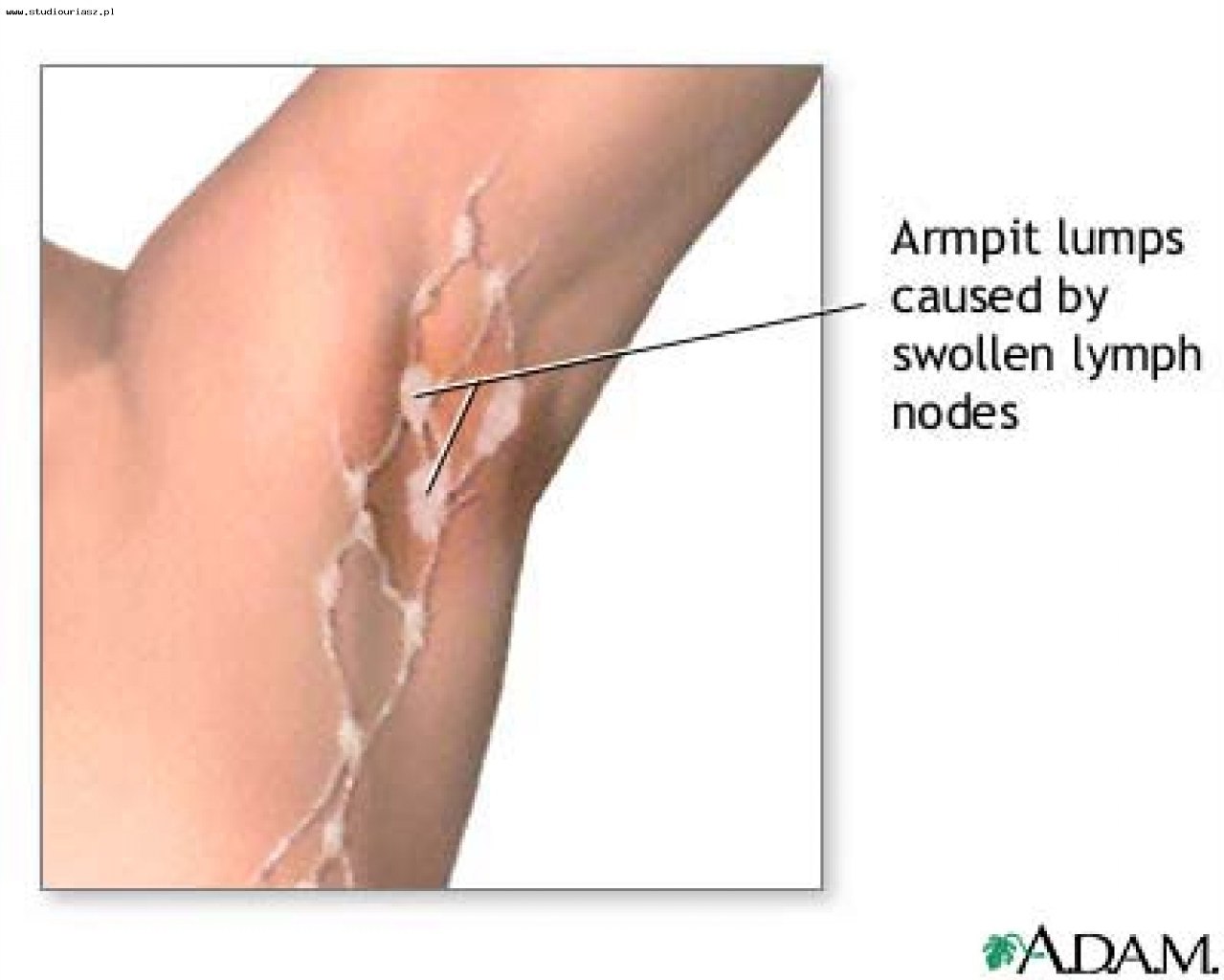
Addressing Infections
If a bacterial infection is the culprit, antibiotics may be prescribed. For viral infections, treatment often focuses on managing symptoms while the body fights off the virus.
Home Remedies
In many cases, simple home care can help alleviate discomfort:
- Applying warm compresses to the affected area
- Over-the-counter pain relievers like ibuprofen or acetaminophen
- Rest and adequate hydration
Treating Underlying Conditions
For swollen lymph nodes caused by immune disorders or other medical conditions, treatment will focus on managing the underlying issue. This may involve medications, lifestyle changes, or other therapies as recommended by your healthcare provider.
Potential Complications of Untreated Swollen Lymph Nodes
While most cases of swollen lymph nodes are benign and resolve on their own, leaving them untreated can sometimes lead to complications. What are the risks of ignoring swollen lymph nodes?
- Abscess formation: If an infection causing the swelling goes untreated, it may lead to the development of an abscess, a localized collection of pus.
- Spread of infection: In some cases, the infection causing the swollen lymph nodes may spread to other parts of the body if left unchecked.
- Delayed diagnosis of serious conditions: Swollen lymph nodes can sometimes be a sign of more serious conditions like cancer. Ignoring persistent swelling may delay crucial diagnoses and treatments.
It’s important to monitor swollen lymph nodes and seek medical attention if they persist or are accompanied by other concerning symptoms.
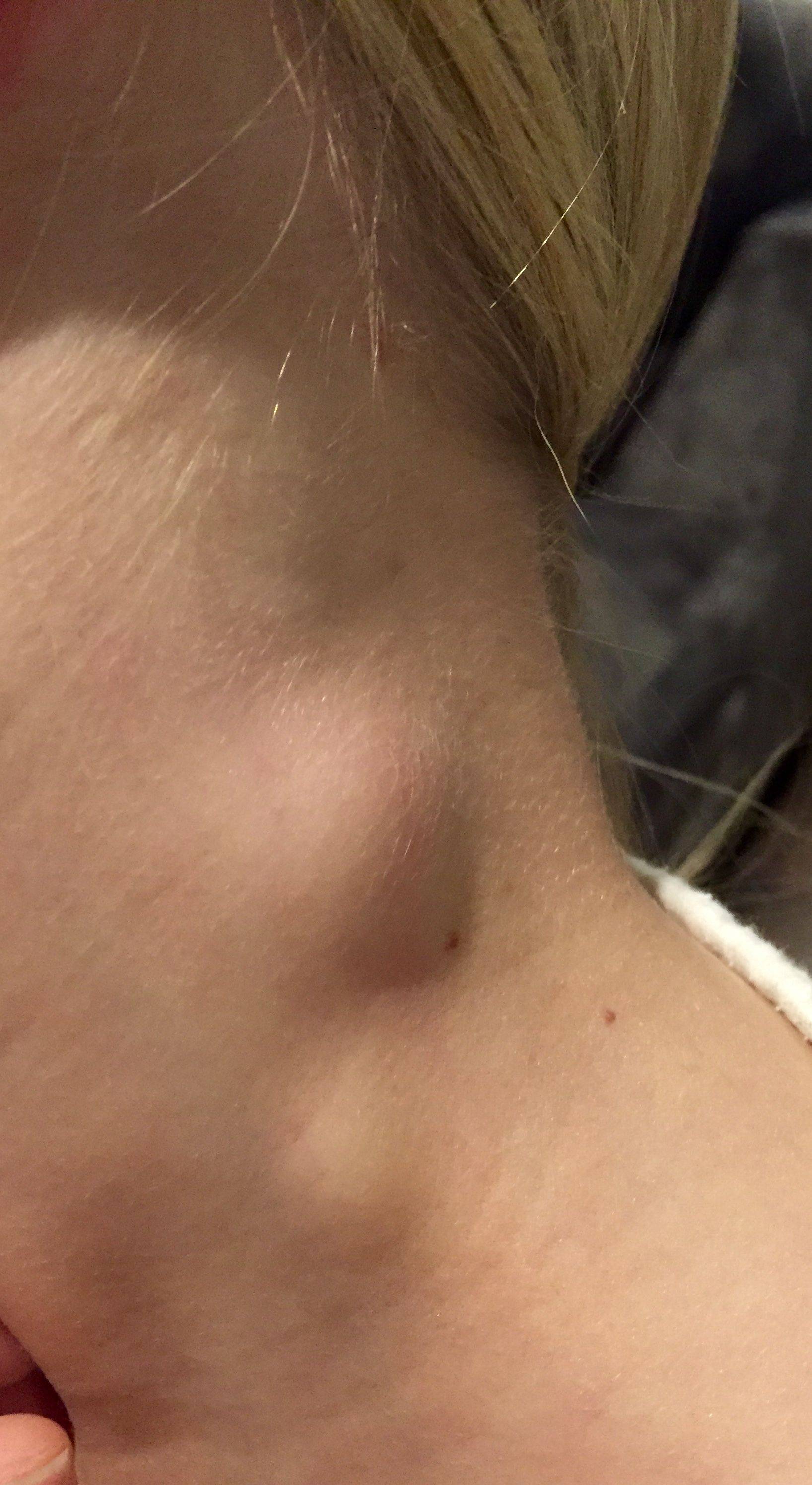
Preventive Measures and Lymph Node Health
While it’s not always possible to prevent swollen lymph nodes, there are steps you can take to support overall lymphatic health and reduce your risk of infections:
- Practice good hygiene: Regular handwashing and proper personal hygiene can help prevent many infections that lead to swollen lymph nodes.
- Stay up-to-date on vaccinations: Immunizations can protect against many infectious diseases that might cause lymph node swelling.
- Maintain a healthy lifestyle: A balanced diet, regular exercise, and adequate sleep can help support your immune system.
- Avoid known triggers: If you have allergies or sensitivities that lead to lymph node swelling, try to avoid these triggers when possible.
- Perform self-examinations: Regularly check for any unusual swelling or changes in your lymph nodes, especially in common areas like the neck, armpits, and groin.
By staying vigilant and taking care of your overall health, you can help minimize the occurrence of swollen lymph nodes and catch any potential issues early.
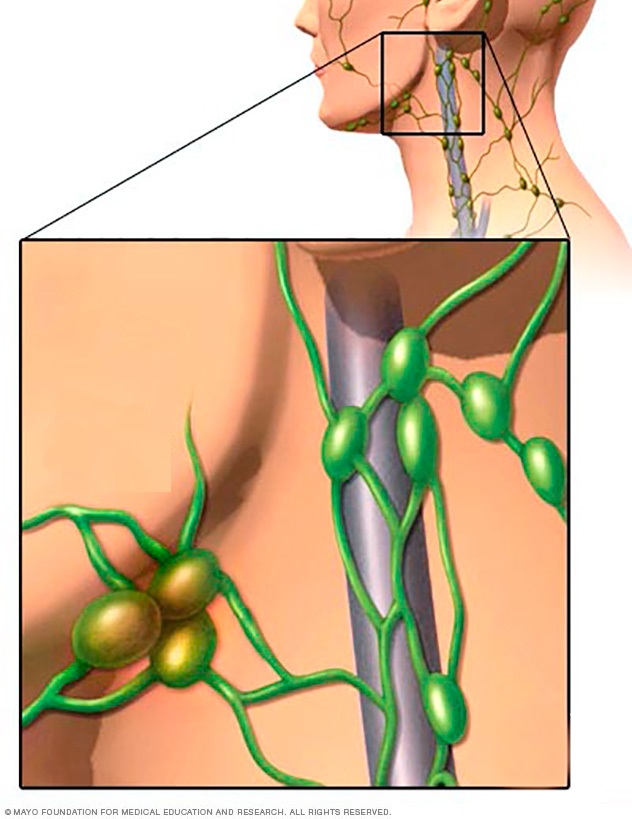
The Role of Lymph Nodes in Cancer Detection
While most cases of swollen lymph nodes are not related to cancer, these structures play a crucial role in cancer detection and staging. How do lymph nodes help in identifying and managing cancer?
Cancer Metastasis and Lymph Nodes
Cancer cells can sometimes spread from their original site to other parts of the body through the lymphatic system. When this happens, the nearby lymph nodes are often the first place where the cancer spreads. This is why doctors often check lymph nodes when diagnosing and staging cancer.
Sentinel Lymph Node Biopsy
In some types of cancer, particularly breast cancer and melanoma, a procedure called sentinel lymph node biopsy is often performed. This involves identifying and removing the first lymph node(s) where cancer is likely to spread. By examining these sentinel nodes, doctors can determine if the cancer has spread beyond its original site.
Lymph Node Status in Cancer Staging
The presence or absence of cancer cells in lymph nodes is a key factor in determining the stage of many cancers. This information helps guide treatment decisions and provides insights into prognosis.
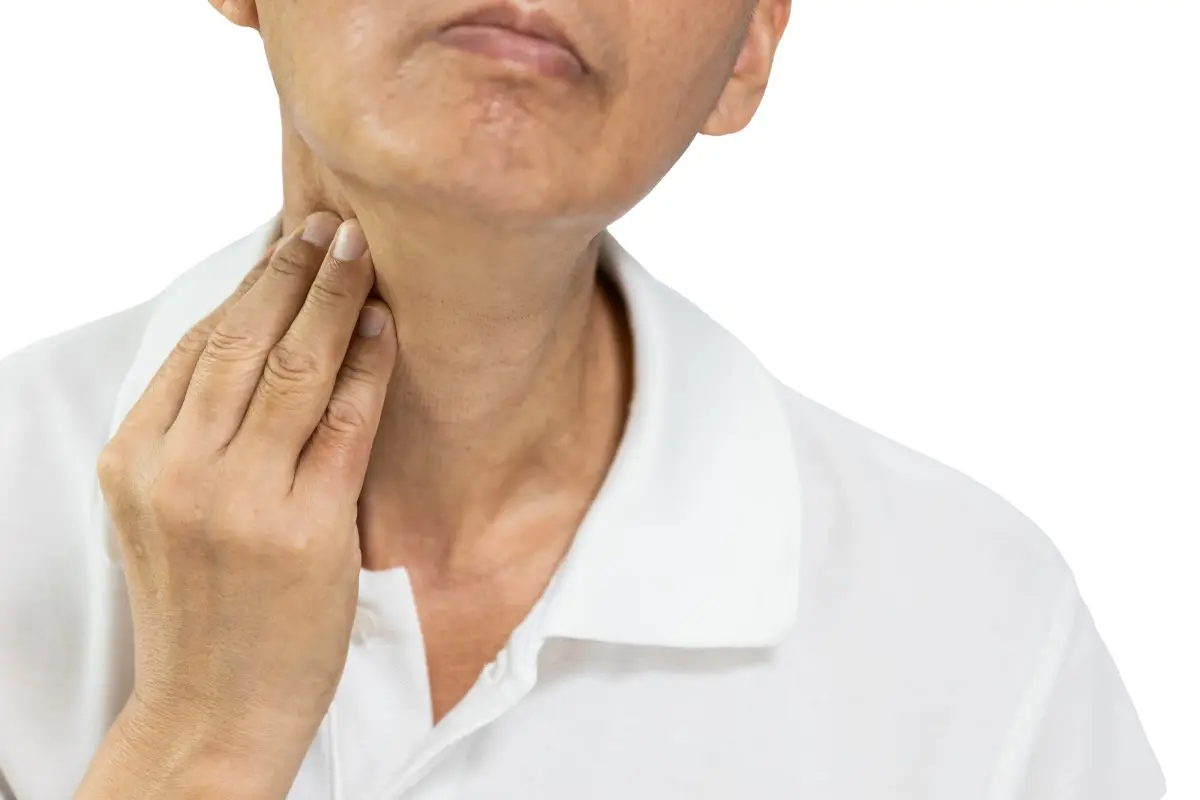
It’s important to note that while swollen lymph nodes can sometimes indicate cancer, they are much more commonly associated with benign conditions like infections. However, persistent or unexplained lymph node swelling should always be evaluated by a healthcare professional to rule out more serious causes.
Lymph Nodes and Immune System Disorders
Swollen lymph nodes are not only associated with infections and cancer but can also be a symptom of various immune system disorders. How do these conditions affect lymph nodes?
Autoimmune Diseases
In autoimmune diseases, the body’s immune system mistakenly attacks its own tissues. This can lead to chronic inflammation and swelling of lymph nodes. Some examples include:
- Lupus: Can cause generalized lymph node swelling throughout the body
- Rheumatoid arthritis: May lead to swollen lymph nodes, particularly near affected joints
- Sjögren’s syndrome: Can result in enlarged lymph nodes, especially in the neck and face
Primary Immunodeficiency Disorders
These are rare genetic conditions where part of the immune system is missing or functions improperly. Some of these disorders can cause chronic or recurrent lymph node swelling due to frequent infections or abnormal immune responses.
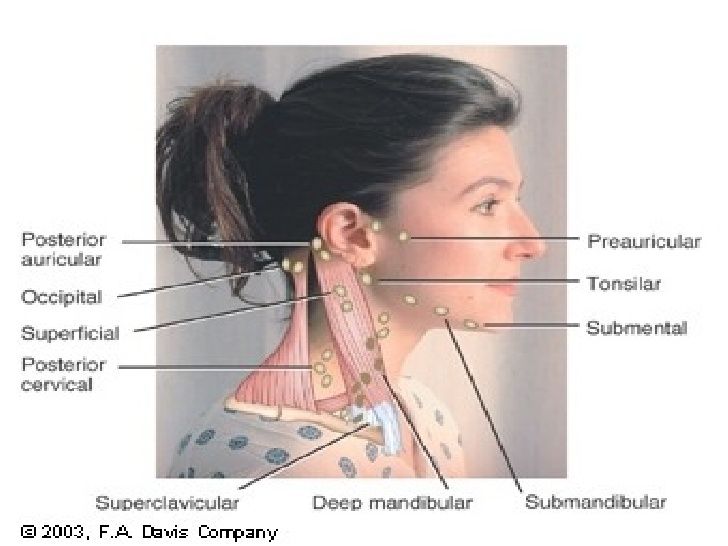
HIV/AIDS
Human Immunodeficiency Virus (HIV) infection can cause persistent, generalized lymphadenopathy (swollen lymph nodes throughout the body). This is often one of the early signs of HIV infection and can persist as the disease progresses to AIDS.
For individuals with known immune system disorders, regular monitoring of lymph nodes can be an important part of managing their condition. Any new or changing lymph node swelling should be reported to their healthcare provider for evaluation.
Understanding the connection between lymph nodes and immune system function can provide valuable insights into overall health and help in the early detection of various conditions. Regular self-examinations and prompt medical attention for any persistent or concerning changes in lymph nodes are key components of maintaining good health and catching potential issues early.
Swollen lymph nodes – Symptoms & causes
Overview
Swollen lymph nodes usually occur as a result of infection from bacteria or viruses. Rarely, swollen lymph nodes are caused by cancer.
Your lymph nodes, also called lymph glands, play a vital role in your body’s ability to fight off infections. They function as filters, trapping viruses, bacteria and other causes of illnesses before they can infect other parts of your body. Common areas where you might notice swollen lymph nodes include your neck, under your chin, in your armpits and in your groin.
Lymph node locations
Your lymph nodes play a vital role in your body’s ability to fight off infections. Common areas where you might notice swollen lymph nodes include your neck, under your chin, in your armpits and in your groin.
Swollen lymph nodes
One of the most common places to find swollen lymph nodes is in the neck. The inset shows three swollen lymph nodes below the lower jaw.
In some cases, the passage of time and warm compresses may be all you need to treat swollen lymph nodes. If an infection causes swollen lymph nodes, treatment depends on the cause.
Products & Services
Symptoms
Your lymphatic system is a network of organs, vessels and lymph nodes situated throughout your body. Many lymph nodes are located in your head and neck region. Lymph nodes that frequently swell are in this area, as well as in your armpits and groin area.
Swollen lymph nodes are a sign that something is wrong somewhere in your body. When your lymph nodes first swell, you might notice:
- Tenderness and pain in the lymph nodes
- Swelling that may be the size of a pea or kidney bean, or even larger in the lymph nodes
Depending on the cause of your swollen lymph nodes, other signs and symptoms you might have include:
- Runny nose, sore throat, fever and other indications of an upper respiratory infection
- General swelling of lymph nodes throughout your body.
 When this occurs, it may indicate an infection, such as human immunodeficiency virus (HIV) or mononucleosis, or an immune system disorder, such as lupus or rheumatoid arthritis
When this occurs, it may indicate an infection, such as human immunodeficiency virus (HIV) or mononucleosis, or an immune system disorder, such as lupus or rheumatoid arthritis - Hard, fixed, rapidly growing nodes, indicating a possible cancer or lymphoma
- Fever
- Night sweats
When to see a doctor
Some swollen lymph nodes return to normal when the underlying condition, such as a minor infection, gets better. See your doctor if you’re concerned or if your swollen lymph nodes:
- Have appeared for no apparent reason
- Continue to enlarge or have been present for two to four weeks
- Feel hard or rubbery, or don’t move when you push on them
- Are accompanied by persistent fever, night sweats or unexplained weight loss
Seek immediate medical care if you’re having difficulty swallowing or breathing.
Causes
Lymph nodes are small, round or bean-shaped clusters of cells. Inside lymph nodes are a combination of different types of immune system cells. These specialized cells filter your lymphatic fluid as it travels through your body and protect you by destroying invaders.
Inside lymph nodes are a combination of different types of immune system cells. These specialized cells filter your lymphatic fluid as it travels through your body and protect you by destroying invaders.
Lymph nodes are located in groups, and each group drains a specific area of your body. You may be more likely to notice swelling in certain areas, such as in the lymph nodes in your neck, under your chin, in your armpits and in your groin. The site of the swollen lymph nodes may help identify the underlying cause.
The most common cause of swollen lymph nodes is an infection, particularly a viral infection, such as the common cold. Other possible causes of swollen lymph nodes include:
Common infections
- Strep throat
- Measles
- Ear infections
- Infected (abscessed) tooth
- Mononucleosis
- Skin or wound infections, such as cellulitis
- Human immunodeficiency virus (HIV) — the virus that causes AIDS
Uncommon infections
- Tuberculosis
- Certain sexually transmitted infections, such as syphilis
- Toxoplasmosis — a parasitic infection resulting from contact with the feces of an infected cat or eating undercooked meat
- Cat scratch fever — a bacterial infection from a cat scratch or bite
Immune system disorders
- Lupus — a chronic inflammatory disease that targets your joints, skin, kidneys, blood cells, heart and lungs
- Rheumatoid arthritis — a chronic inflammatory disease targeting the tissue that lines your joints (synovium)
Cancers
- Lymphoma — cancer that originates in your lymphatic system
- Leukemia — cancer of your body’s blood-forming tissue, including your bone marrow and lymphatic system
- Other cancers that have spread (metastasized) to lymph nodes
Other possible but rare causes include certain medications, such as the anti-seizure medication phenytoin (Dilantin) and preventive medications for malaria.
Complications
If infection is the cause of your swollen lymph nodes and isn’t treated, an abscess may form. Abscesses are localized collections of pus caused by infections. Pus contains fluid, white blood cells, dead tissue, and bacteria or other invaders. An abscess may require drainage and antibiotic treatment.
Swollen lymph nodes – Symptoms & causes
Overview
Swollen lymph nodes usually occur as a result of infection from bacteria or viruses. Rarely, swollen lymph nodes are caused by cancer.
Your lymph nodes, also called lymph glands, play a vital role in your body’s ability to fight off infections. They function as filters, trapping viruses, bacteria and other causes of illnesses before they can infect other parts of your body. Common areas where you might notice swollen lymph nodes include your neck, under your chin, in your armpits and in your groin.
Lymph node locations
Your lymph nodes play a vital role in your body’s ability to fight off infections. Common areas where you might notice swollen lymph nodes include your neck, under your chin, in your armpits and in your groin.
Common areas where you might notice swollen lymph nodes include your neck, under your chin, in your armpits and in your groin.
Swollen lymph nodes
One of the most common places to find swollen lymph nodes is in the neck. The inset shows three swollen lymph nodes below the lower jaw.
In some cases, the passage of time and warm compresses may be all you need to treat swollen lymph nodes. If an infection causes swollen lymph nodes, treatment depends on the cause.
Products & Services
Symptoms
Your lymphatic system is a network of organs, vessels and lymph nodes situated throughout your body. Many lymph nodes are located in your head and neck region. Lymph nodes that frequently swell are in this area, as well as in your armpits and groin area.
Swollen lymph nodes are a sign that something is wrong somewhere in your body. When your lymph nodes first swell, you might notice:
- Tenderness and pain in the lymph nodes
- Swelling that may be the size of a pea or kidney bean, or even larger in the lymph nodes
Depending on the cause of your swollen lymph nodes, other signs and symptoms you might have include:
- Runny nose, sore throat, fever and other indications of an upper respiratory infection
- General swelling of lymph nodes throughout your body.
 When this occurs, it may indicate an infection, such as human immunodeficiency virus (HIV) or mononucleosis, or an immune system disorder, such as lupus or rheumatoid arthritis
When this occurs, it may indicate an infection, such as human immunodeficiency virus (HIV) or mononucleosis, or an immune system disorder, such as lupus or rheumatoid arthritis - Hard, fixed, rapidly growing nodes, indicating a possible cancer or lymphoma
- Fever
- Night sweats
When to see a doctor
Some swollen lymph nodes return to normal when the underlying condition, such as a minor infection, gets better. See your doctor if you’re concerned or if your swollen lymph nodes:
- Have appeared for no apparent reason
- Continue to enlarge or have been present for two to four weeks
- Feel hard or rubbery, or don’t move when you push on them
- Are accompanied by persistent fever, night sweats or unexplained weight loss
Seek immediate medical care if you’re having difficulty swallowing or breathing.
Causes
Lymph nodes are small, round or bean-shaped clusters of cells.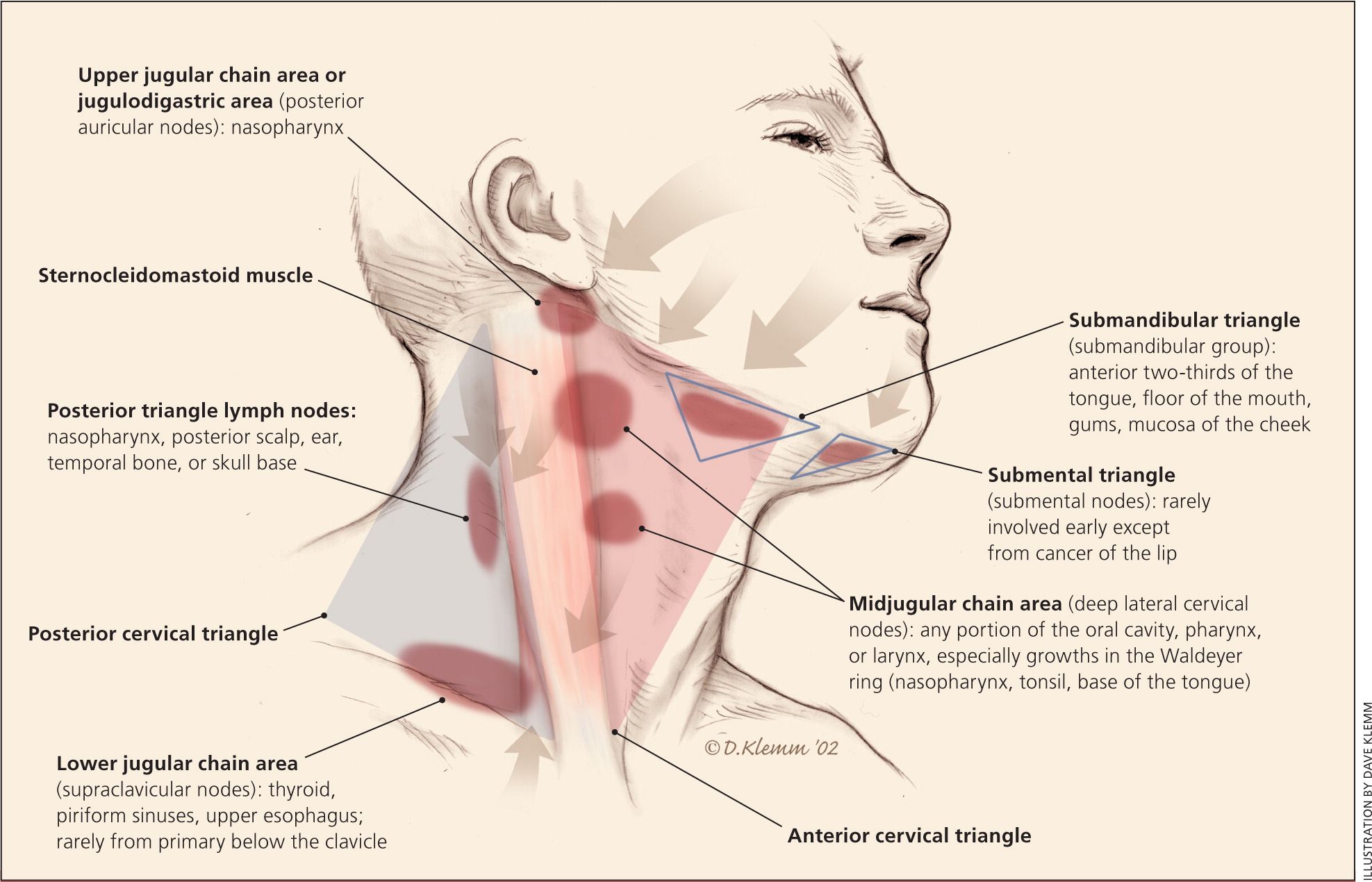 Inside lymph nodes are a combination of different types of immune system cells. These specialized cells filter your lymphatic fluid as it travels through your body and protect you by destroying invaders.
Inside lymph nodes are a combination of different types of immune system cells. These specialized cells filter your lymphatic fluid as it travels through your body and protect you by destroying invaders.
Lymph nodes are located in groups, and each group drains a specific area of your body. You may be more likely to notice swelling in certain areas, such as in the lymph nodes in your neck, under your chin, in your armpits and in your groin. The site of the swollen lymph nodes may help identify the underlying cause.
The most common cause of swollen lymph nodes is an infection, particularly a viral infection, such as the common cold. Other possible causes of swollen lymph nodes include:
Common infections
- Strep throat
- Measles
- Ear infections
- Infected (abscessed) tooth
- Mononucleosis
- Skin or wound infections, such as cellulitis
- Human immunodeficiency virus (HIV) — the virus that causes AIDS
Uncommon infections
- Tuberculosis
- Certain sexually transmitted infections, such as syphilis
- Toxoplasmosis — a parasitic infection resulting from contact with the feces of an infected cat or eating undercooked meat
- Cat scratch fever — a bacterial infection from a cat scratch or bite
Immune system disorders
- Lupus — a chronic inflammatory disease that targets your joints, skin, kidneys, blood cells, heart and lungs
- Rheumatoid arthritis — a chronic inflammatory disease targeting the tissue that lines your joints (synovium)
Cancers
- Lymphoma — cancer that originates in your lymphatic system
- Leukemia — cancer of your body’s blood-forming tissue, including your bone marrow and lymphatic system
- Other cancers that have spread (metastasized) to lymph nodes
Other possible but rare causes include certain medications, such as the anti-seizure medication phenytoin (Dilantin) and preventive medications for malaria.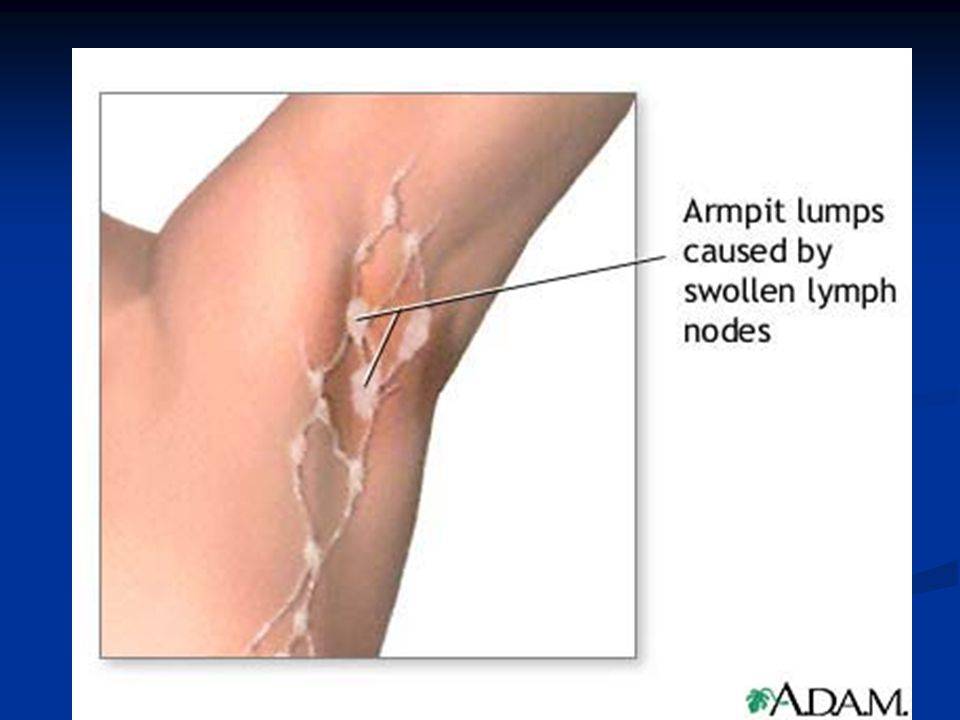
Complications
If infection is the cause of your swollen lymph nodes and isn’t treated, an abscess may form. Abscesses are localized collections of pus caused by infections. Pus contains fluid, white blood cells, dead tissue, and bacteria or other invaders. An abscess may require drainage and antibiotic treatment.
symptoms, causes, classification, what to do with inflammation of the lymph nodes
Therapist deals with the treatment of this disease
The information provided on this page should not be used for self-treatment or self-diagnosis. If you suspect a disease, you should seek help from a qualified specialist. Only your doctor can diagnose and prescribe treatment.
Article content:
- What is the lymphatic system
- Functions of the lymph nodes
- What is lymphadenitis
- Causes
- Disease classification
- Symptoms
- Routes of infection
- Possible complications
- When to see a doctor
- Diagnostics
- Methods of treatment
- Disease prognosis and prevention
What is inflammation of the lymph nodes?
The lymphatic system ensures the normal functioning of the immune system, internal organs and tissues. One of the most common diseases of the lymphatic system is lymphadenitis of the lymph nodes. The disease has a different etiology, symptoms and degree of danger to health. In the article we will talk about how to recognize the pathology and what methods of treatment exist.
One of the most common diseases of the lymphatic system is lymphadenitis of the lymph nodes. The disease has a different etiology, symptoms and degree of danger to health. In the article we will talk about how to recognize the pathology and what methods of treatment exist.
What is the lymphatic system
The lymphatic system is a network of lymph vessels and nodes. These vessels transport a special liquid – lymph. It is responsible for the transport of proteins, salts and metabolites into the blood.
Lymph nodes act as a filter. They purify the lymph from pathogenic microorganisms and foreign substances, due to which purified and safe lymphatic fluid enters the bloodstream. Source:
The role of lymph nodes in human life. Okunyaka O.M., Tumasyan T.I. Bulletin of science. 2019. №3. pp.60-62.
The lymphatic system performs three main functions:
- Participates in immune defense. Together with the flow of lymph, pathogenic microorganisms enter the lymph nodes, where they are recognized and destroyed.

- Maintains proper fluid levels in tissues. With an excessive amount of fluid, the lymphatic vessels “drain” organs and tissues.
- Produces fat metabolism. Lymphatic vessels transport lipids, which are involved in almost all metabolic processes.
Functions of the lymph nodes
There are about 500 lymph nodes in the human body. They play the role of a barrier and a pump and perform several important functions:
- Hematopoietic. Lymph nodes are involved in the development of white blood cells – lymphocytes. Lymphocytes are cells of the immune system responsible for fighting various infections and diseases.
- Drainage, or transport. Lymph nodes play an important role in the transport of lymph, which enters the lymphatic vessels from the intercellular spaces of tissues. Due to this, exudate and metabolic products are utilized from the tissues.
- Barrier. Lymph nodes serve as a barrier to infected cells and microorganisms, preventing them from spreading throughout the body.
 They can also form antibodies that help neutralize and destroy infectious agents.
They can also form antibodies that help neutralize and destroy infectious agents.
What is lymphadenitis
Lymphadenitis is an inflammation of the lymph nodes. In most cases, this is not an independent disease, but a complication of the primary pathology. It is most often a sign of a bacterial, viral, fungal, or protozoal infection. Source:
Lymphadenopathy. Melikyan A.L., Egorova E.K., Kovrigina A.M. Clinical guidelines. 2018. p.5-30. Therefore, to find the cause of the inflammatory process, complex diagnostics are needed.
Depending on the etiology, one or more lymph nodes may become inflamed. With lymphadenitis, the following types of lymph nodes are usually affected:
- cervical;
- elbow;
- submandibular;
- popliteal;
- inguinal;
- axillary.
In lymphadenitis, the lymph node becomes enlarged and painful. This is due to an increase in the number of lymphocytes and other cells of the immune system that collect inside it. If an infectious agent has entered the lymph node and caused the formation of an abscess or abscess, purulent inflammation may develop.
If an infectious agent has entered the lymph node and caused the formation of an abscess or abscess, purulent inflammation may develop.
In the absence of timely treatment, lymphadenitis provokes the development of dangerous complications: the spread of infection to other tissues and organs, the formation of fistulas, sepsis. Therefore, it is important to consult a doctor at the first sign of illness.
Causes
Most common causes:
- Infections. In most cases, inflammation in the area of the lymph node occurs precisely against the background of infection: tonsillitis, scarlet fever, stomatitis, SARS, influenza, tuberculosis, brucellosis, chicken pox, etc.
- Injuries and operations. Any injury, surgery and other damage to the lymph node can cause inflammation.
- Allergic reactions. Some allergens activate a cascade of inflammatory responses.
- Oncological diseases. Lymphadenitis sometimes becomes one of the signs of malignant tumors of the lymphatic system, especially lymphoma.

- Autoimmune diseases. Lymph node inflammation can accompany systemic lupus erythematosus and rheumatoid arthritis.
In some cases, it is not possible to determine the etiology of inflammation of the lymph node. Then a diagnosis of “lymphadenitis, unspecified” is established.
Clinical recommendations of the Ministry of Health of the Russian Federation offer several classifications of lymphadenitis.
Origin:
- Primary. Occurs when an infection or other cause of inflammation occurs directly in the lymph node. This most commonly occurs when bacteria or other pathogens enter the body through a skin wound, or when certain viruses, such as the Epstein-Barr virus, infect the lymphatic system.
- Secondary. Occurs when an infection or other cause of inflammation is localized not in the lymph node itself, but elsewhere in the body. In this case, the inflammatory process spreads from the primary focus to the lymph nodes through the lymphatic vessels.
 For example, secondary lymphadenitis can occur with an infection of the pharynx or teeth, as well as in the presence of cancer or blood diseases.
For example, secondary lymphadenitis can occur with an infection of the pharynx or teeth, as well as in the presence of cancer or blood diseases.
Intensity and duration of inflammation:
- Acute. It is characterized by an abrupt onset, rapid progression, and an acute inflammatory response. Usually acute lymphadenitis is accompanied by pain, swelling, redness of the skin, fever and other signs of inflammation. Source:
Treatment of chronic tonsillitis and acute lymphadenitis. Pavlova K.V. Medicines and rational pharmacotherapy. 2022. No. 5-2. pp. 90-91. - Chronic. It is characterized by a sluggish long course and a low intensity of the inflammatory process. Most often it develops against the background of untreated acute lymphadenitis. The chronic form is characterized by two periods: exacerbation and remission. In the first case, the clinical manifestations are pronounced, in the second – weakly or completely absent, an imaginary recovery occurs.

- Recurrent. It is characterized by periodic exacerbations of inflammation after a temporary improvement. Usually, relapses occur in the presence of a chronic infectious or inflammatory process in the body.
By the nature of inflammation:
- Purulent. It is characterized by the formation of pus inside the lymph node. It occurs as a result of an infection caused by bacteria, fungi, or other microorganisms. As a rule, purulent lymphadenitis is accompanied by severe pain, swelling, redness of the skin and fever.
- Serous. It differs in the formation of serous fluid inside the affected lymph node, and the inflammatory process does not go beyond its capsule. Often found in children.
Localization:
- submandibular – usually occurs against the background of diseases of the oral cavity, teeth or pharynx;
- axillary – associated with infectious or oncological diseases of the breast;
- inguinal – occurs against the background of skin infections and skin lesions;
- cervical – develops when the pharynx, mouth, nose or ears are affected.
 Source:
Source:
Diagnosis and management of cervical lymphadenitis. Skorlyakov V.V., Babiev V.F., Keshchyan S.S., Stagnieva I.V., Boyko N.V. Young scientist. 2017. No. 16. pp. 75-78; - parotid – caused by infectious diseases of the ear or mouth;
- occipital – occurs against the background of pathologies of the skin or upper respiratory tract.
Symptoms
Symptoms of lymphadenitis depend on its type, location and cause. The most common signs of inflammation of the lymph node:
- swelling and soreness of the affected lymph node;
- redness of the skin in the affected area;
- general weakness, fatigue and fever;
- pain and discomfort when touching an affected lymph node;
- headache;
- sometimes – nausea, vomiting and loss of appetite;
- excessive sweating, especially at night;
- change in color and texture of the skin in the area of an inflamed lymph node;
- appearance of spots on the skin or other rashes.

Ways of infection
The primary cause of secondary lymphadenitis can be:
- trophic ulcer;
- caries;
- otitis;
- influenza;
- tonsillitis;
- angina;
- herpes;
- tumor;
- tuberculosis and more.
Lymphadenitis sometimes develops due to skin lesions such as scratches, wounds, or insect bites, which can become entry gates for bacteria.
Possible complications
Many people don’t even realize the danger of lymphadenitis. Without timely treatment, the disease leads to various, including dangerous consequences. Most often, the following complications develop:
- abscess – a limited accumulation of pus in the tissues, surrounded by a membrane;
- sepsis is a severe infectious disease in which the infection spreads throughout the body through the bloodstream;
- compression of surrounding tissues – enlarged lymph nodes cause discomfort and put pressure on neighboring tissues;
- thrombophlebitis – inflammation of the venous wall with the formation of blood clots that can clog the lumen of the vein;
- fistula – the formation of a pathological channel as a result of the accumulation of purulent fluid.

When to see a doctor
Lymphadenitis is diagnosed and treated by a vascular surgeon. It is necessary to consult a doctor at the first signs of the disease. The specialist will prescribe a diagnosis to identify the cause of inflammation and tell what to do to the patient. Timely access to a doctor prevents the development of dangerous complications.
Diagnosis
Diagnosis of lymphadenitis is aimed at finding the cause of the inflammatory process, assessing the current state of the lymph node and the body as a whole. For this, a comprehensive examination is used:
- Inspection. The doctor examines the skin at the site of the affected lymph node, evaluates its size, shape, texture, temperature and sensitivity of the skin.
- General and biochemical blood test. Analyzes confirm the inflammatory and infectious process.
- Biopsy. Taking a sample of a lymph node for histological examination allows you to determine the cellular composition of the tissue and differentiate the tumor.
 Source:
Source:
Differential diagnosis of bacterial and viral lymphadenitis in children. Antonova S.S., Botvin’eva V.V., Sitnikov I.G. VSP. 2008. No. 3. pp.76-78. - ultrasound. Ultrasound examination helps to determine the size and structure of the lymph node, as well as to identify the neoplasm.
- CT and MRI. The procedures are used for layer-by-layer study of the lymph node and surrounding soft tissues.
- Culture study. If lymphadenitis is caused by a bacterial infection, a bacterial culture is performed to determine the type of bacteria and select the most effective antibiotic.
Methods of treatment
The doctor chooses the method of treatment individually for each clinical case. It depends on the etiology of inflammation, the current state of the patient and associated complications. In most cases, conservative therapy is used, including medication, including:
- antibiotics if there is a bacterial infection;
- antiviral drugs – in the presence of a viral infection;
- antifungals – in the presence of a fungal infection;
- non-steroidal anti-inflammatory drugs – for the relief of inflammation and pain.

In addition, physiotherapy, compresses and massage are used. In the presence of abscesses, surgical intervention is indicated – removal of purulent contents and sanitation of the affected tissues.
Forecast and prevention of the disease
With timely visit to the doctor, lymphadenitis of the lymph node has a favorable prognosis. Early initiation of treatment allows you to achieve complete recovery, prevent the development of complications and the transition of the disease to a chronic form.
Due to the lack of a single etiology, there is no specific prevention of lymphadenitis. The following recommendations will help prevent infection:
- Maintain good personal hygiene. Wash your hands regularly with soap and water, especially after handling animals and visiting public places.
- Minimize contact with infected patients and visits to crowded places. If there is a sick person in the family, it is necessary to limit contact with him.

- Using only your own hygiene items. Do not use other people’s towels, razors, toothbrushes, etc.
- Strengthening immunity: giving up bad habits, maintaining physical activity, proper nutrition and regular walks in the fresh air.
- Timely treatment of diseases. When the first symptoms appear, you should immediately consult a doctor and do not self-medicate.
- Vaccination. Timely vaccination helps prevent infections that can cause lymphadenitis. You need to be vaccinated both in childhood and in adulthood.
- Differential diagnosis of bacterial and viral lymphadenitis in children. Antonova S.S., Botvin’eva V.V., Sitnikov I.G. VSP. 2008. No. 3. pp.76-78
- The role of lymph nodes in human life. Okunyaka O.M., Tumasyan T.I. Bulletin of science. 2019. №3. p.60-62
- Diagnosis and treatment of cervical lymphadenitis. Skorlyakov V.V., Babiev V.F., Keshchyan S.S., Stagnieva I.V., Boyko N.V. Young scientist.
 2017. No. 16. pp.75-78
2017. No. 16. pp.75-78 - Treatment of chronic tonsillitis and acute lymphadenitis. Pavlova K.V. Medicines and rational pharmacotherapy. 2022. No. 5-2. p.90-91
- Lymphadenopathy. Melikyan A.L., Egorova E.K., Kovrigina A.M. Clinical guidelines. 2018. p.5-30
Would you like us to call you back?
Leave a request and we will answer all your questions in detail!
Name
Phone *
SM-Clinic on Dybenko street
st. Dybenko, house 13, bldg. 4
(m. Ulitsa Dybenko, Nevsky district)
Opening hours:
Daily from 9.00 to 22.00
SM-Clinic on Udarnikov Avenue
Udarnikov Avenue, 19, office 1
(metro station Ladozhskaya, Krasnogvardeisky district)
Opening hours:
Daily from 9.00 am to 10.00 pm
SM-Clinic on Dunaysky prospect
Dunaysky prospect, 47
(Dunayskaya metro station, Frunzensky district)
Opening hours:
Daily from 9. 00 to 22.00
00 to 22.00
SM-Clinic on Malaya Balkanskaya
Malaya Balkanskaya, 23 building 1
(m. Kupchino, Frunzensky district)
Opening hours:
Daily from 8.00 to 22.00
SM-Clinic on Marshal Zakharov
Marshal Zakharov, 20
(m. Leninsky prospect, Krasnoselsky district)
Opening hours:
Daily from 9.00 to 22.00
SM-Clinic on Vyborgskoye shosse
Vyborgskoye sh., 17, k. 1
(metro station Prosveshcheniya, Vyborgsky district)
Opening hours:
Daily from 9.00 to 22.00
Article published : 15/02/2018
Last updated : 15/06/2023
See also
Chickenpox (chickenpox)
Scarlet fever in adults
Acute bronchitis
What tests to take if the lymph nodes are inflamed in the Optimum medical laboratory in Sochi (Adler)
- Home
- medical reference book
- Inflamed lymph nodes
More about the doctor
Lymph nodes are organs responsible for filtering the lymph circulating through the body from microbes, toxins and foreign substances.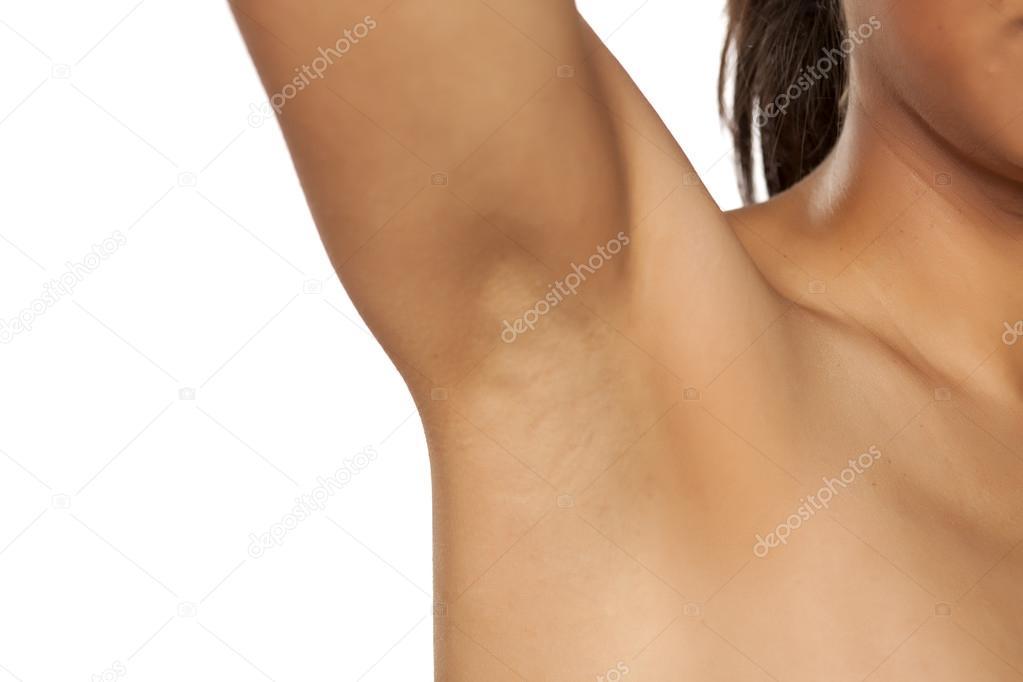 Together with capillaries, lymphatic vessels and ducts, they are part of the lymphatic system. Lymph nodes are oval, round or flat and long formations. Color varies from pink to grey, sizes from 0.5 mm. up to 50mm. and more. They are located in clusters of up to 10 nodes along the lymphatic and blood vessels.
Together with capillaries, lymphatic vessels and ducts, they are part of the lymphatic system. Lymph nodes are oval, round or flat and long formations. Color varies from pink to grey, sizes from 0.5 mm. up to 50mm. and more. They are located in clusters of up to 10 nodes along the lymphatic and blood vessels.
According to their location, lymph nodes are divided into:
- Internal, located in the visceral systems of the body.
- External, located under the muscles or near the skin.
Depending on the location, the functions of the lymph nodes also differ. The organs of the lymphatic system are responsible for the following processes in the body:
- metabolism of fats and similar substances;
- protection against bacteria, viruses and other pathogenic microorganisms penetrating from the external environment;
- formation of antibodies, leukocytes and phagocytes for the immune system.

When infectious agents penetrate from the outside, the protective functions of the lymph nodes are activated: the organs react to a violation in the internal environment of the body and begin to secrete immune cells to fight pathogenic bacteria. In a normal healthy state, the lymph nodes are not noticeable on palpation and do not cause discomfort or pain if pressure is applied to them. Therefore, their increase in size indicates the development of the disease or the beginning of the inflammatory process in the area for which they are responsible.
Inflammation of the lymph nodes can occur both in a painful form and can be noticed only when pressed. The first form is characterized by acute permanent, sometimes throbbing pain. If the process becomes purulent, fever and loss of strength are added to the listed symptoms.
It is almost impossible to diagnose the causes of pathological changes in the lymph nodes by examination, percussion or auscultation. To make a diagnosis, the patient must pass the following laboratory tests:
To make a diagnosis, the patient must pass the following laboratory tests:
- Complete blood count. It will show changes occurring in blood cells and reveal the presence or absence of infection, viral damage, parasitic pathology, purulent or inflammatory processes.
- Biochemical blood test. It will determine the state of the liver and kidneys, as well as metabolic disorders.
- Analysis for tumor markers. Reveal the development of a lymphatic tumor.
- Immunological assay. It will show at what stage the oncological process proceeds.
Blood testing is not the only method used in diagnosis. It is possible to make a diagnosis in combination with the following medical measures:
- Ultrasound examination. Helps identify cancers in the area being examined.
- Radiography . It is used as an additional method if others have turned out to be uninformative or in case of deep location of the lymph nodes.


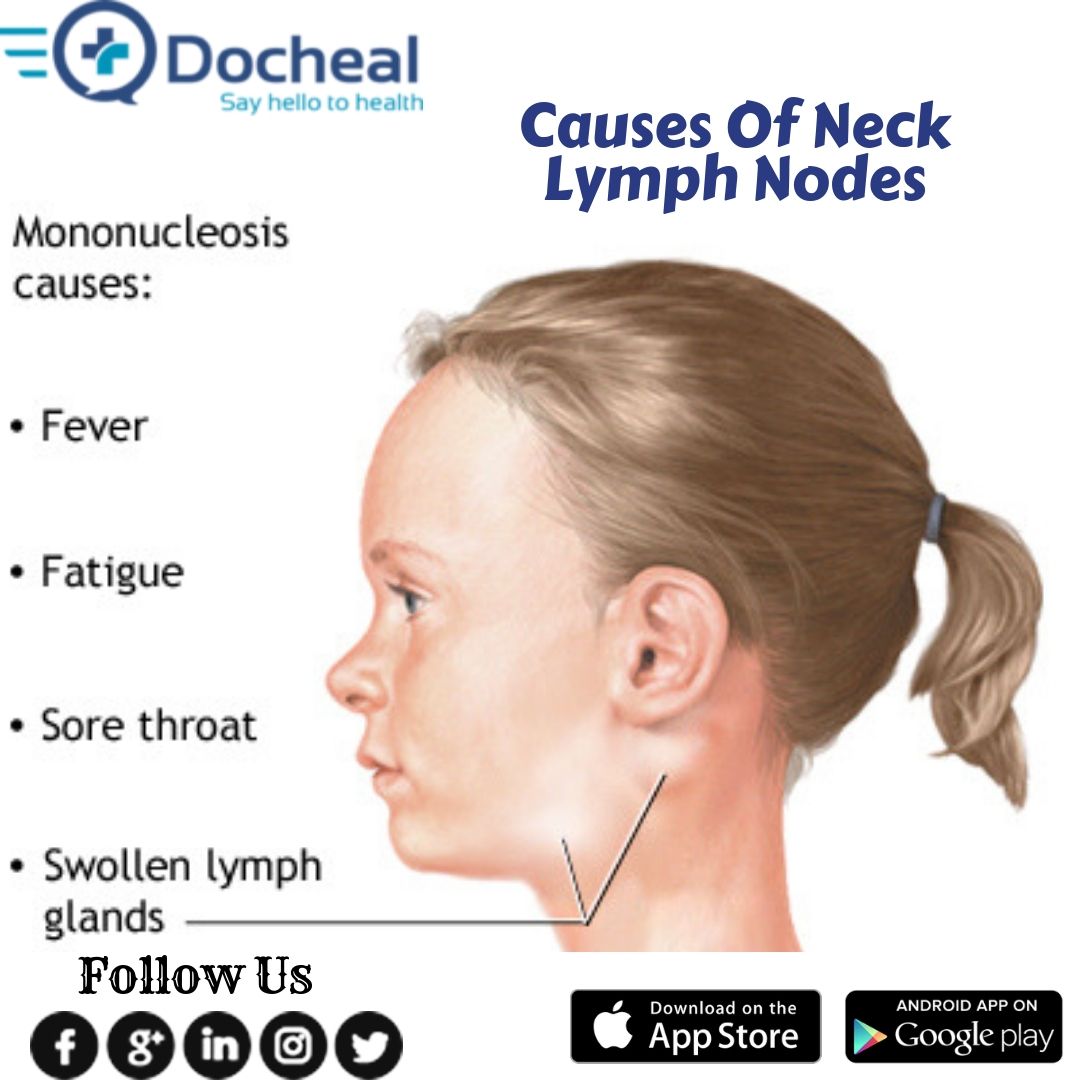 When this occurs, it may indicate an infection, such as human immunodeficiency virus (HIV) or mononucleosis, or an immune system disorder, such as lupus or rheumatoid arthritis
When this occurs, it may indicate an infection, such as human immunodeficiency virus (HIV) or mononucleosis, or an immune system disorder, such as lupus or rheumatoid arthritis When this occurs, it may indicate an infection, such as human immunodeficiency virus (HIV) or mononucleosis, or an immune system disorder, such as lupus or rheumatoid arthritis
When this occurs, it may indicate an infection, such as human immunodeficiency virus (HIV) or mononucleosis, or an immune system disorder, such as lupus or rheumatoid arthritis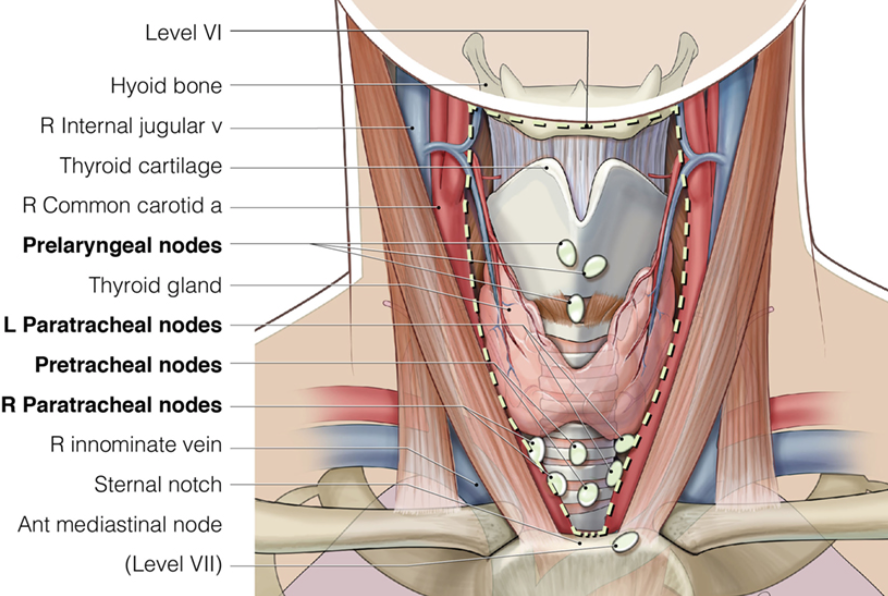
 They can also form antibodies that help neutralize and destroy infectious agents.
They can also form antibodies that help neutralize and destroy infectious agents.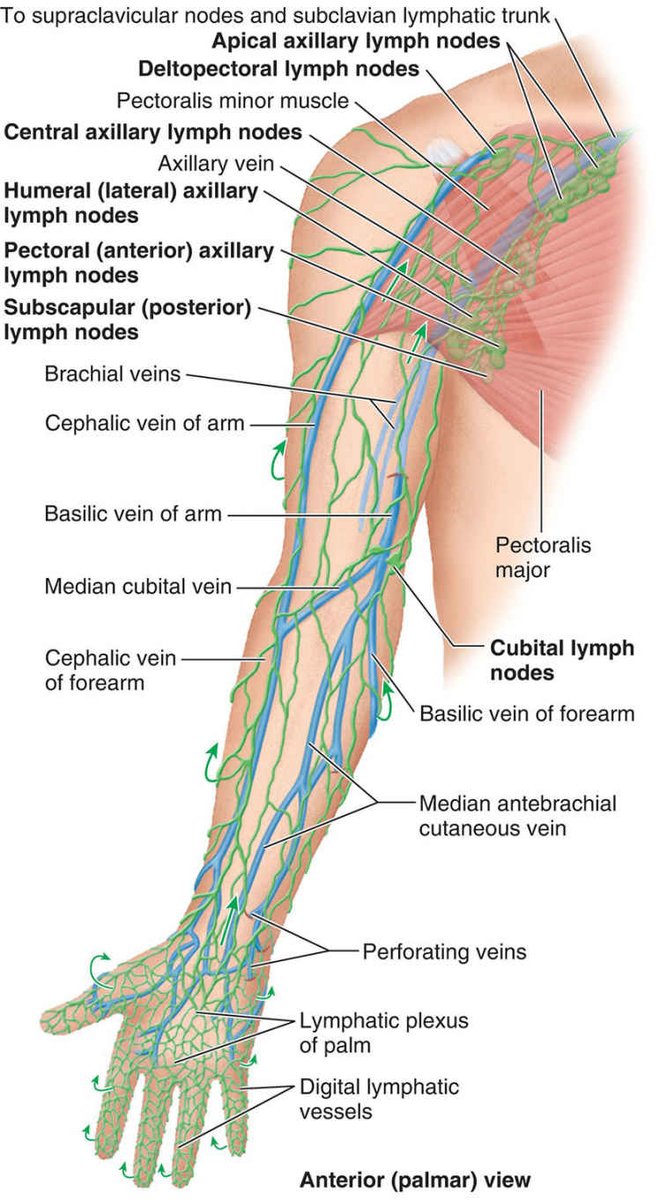
 For example, secondary lymphadenitis can occur with an infection of the pharynx or teeth, as well as in the presence of cancer or blood diseases.
For example, secondary lymphadenitis can occur with an infection of the pharynx or teeth, as well as in the presence of cancer or blood diseases.
 Source:
Source: 
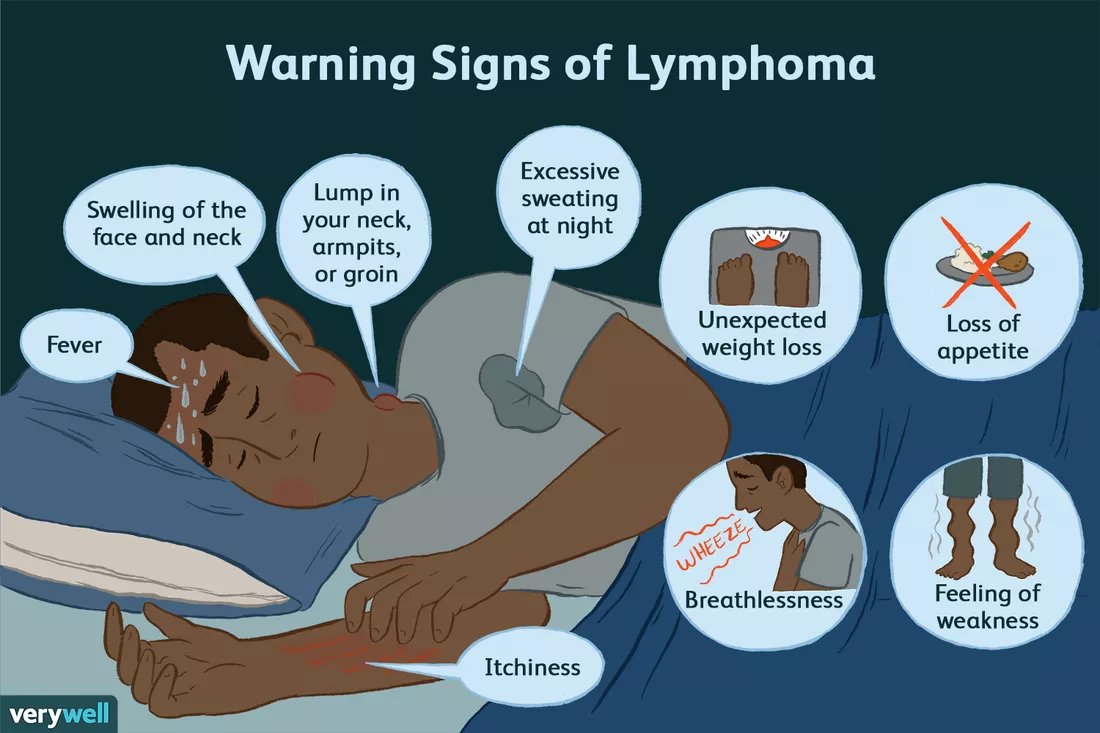
 Source:
Source: 

 2017. No. 16. pp.75-78
2017. No. 16. pp.75-78
